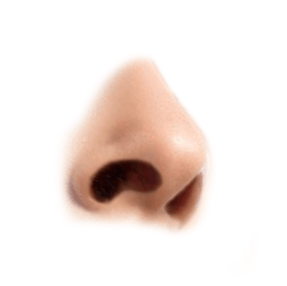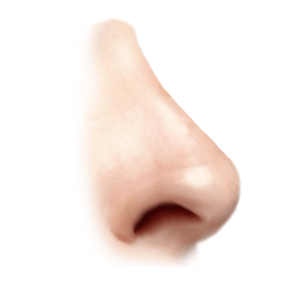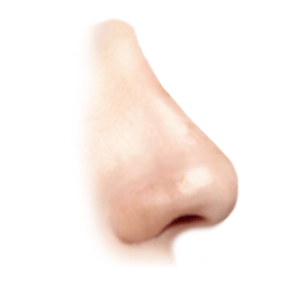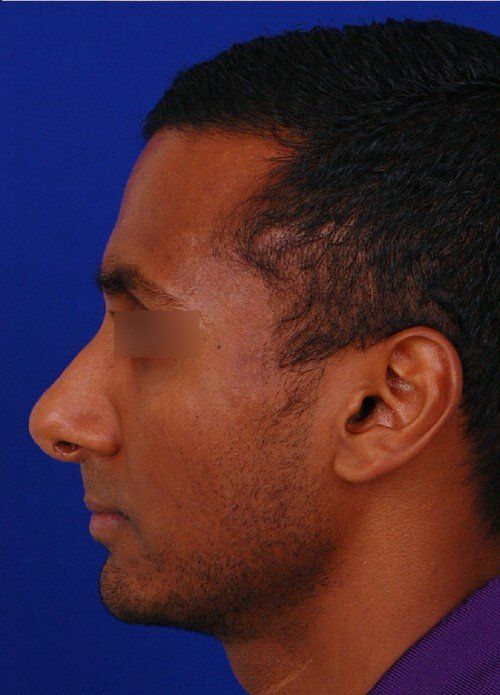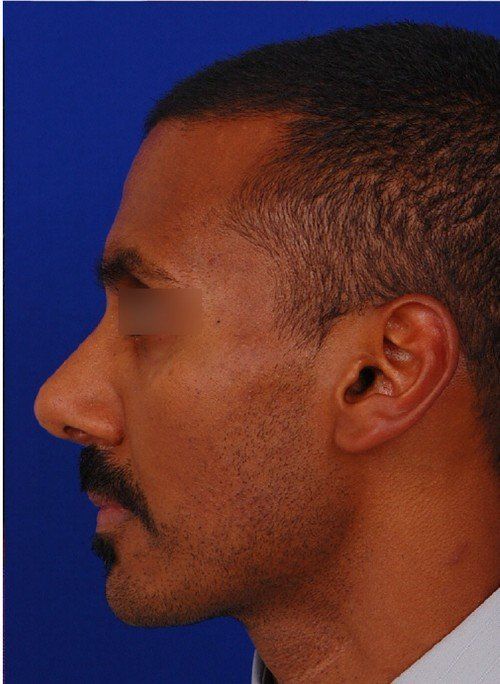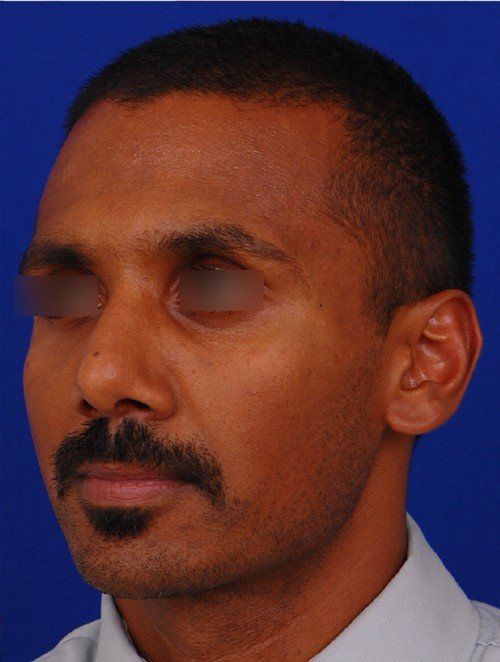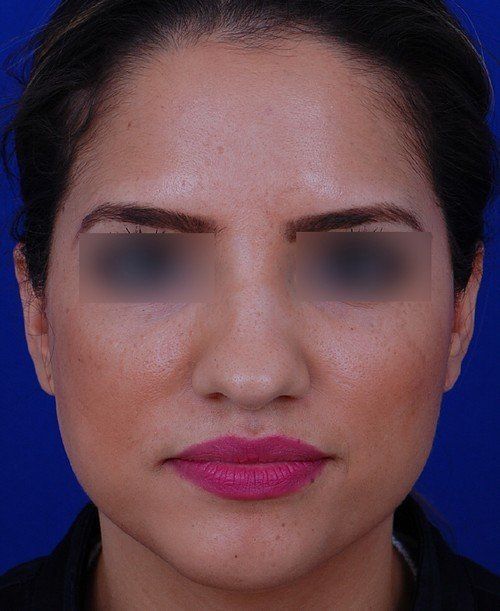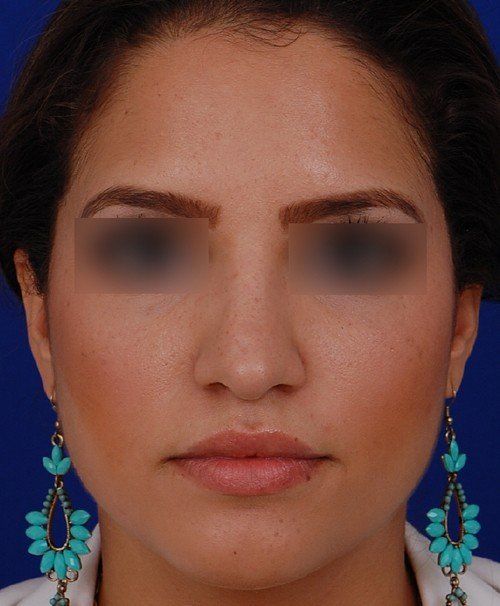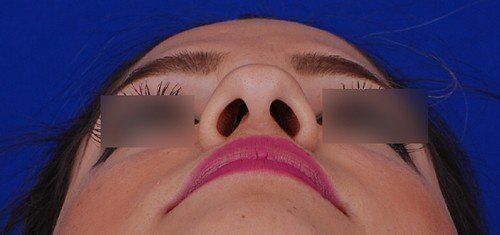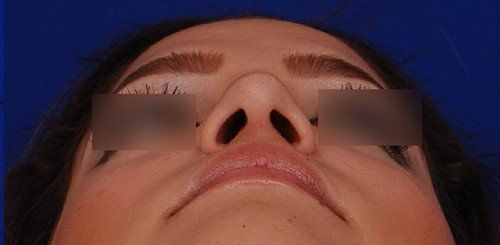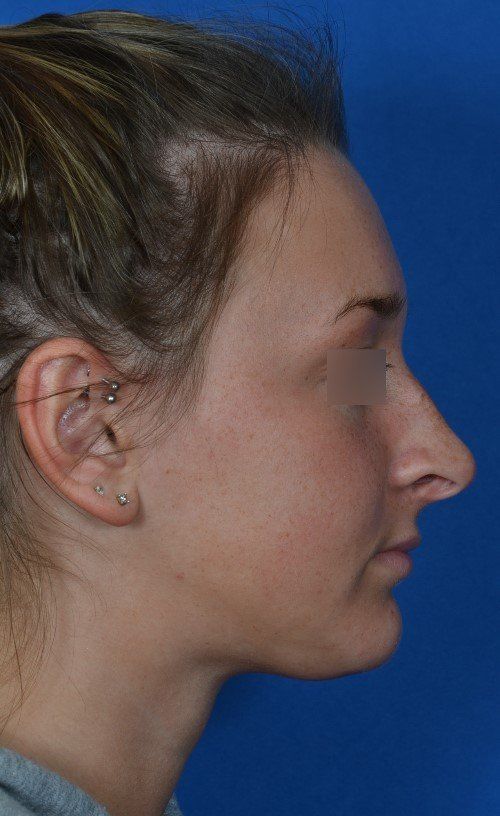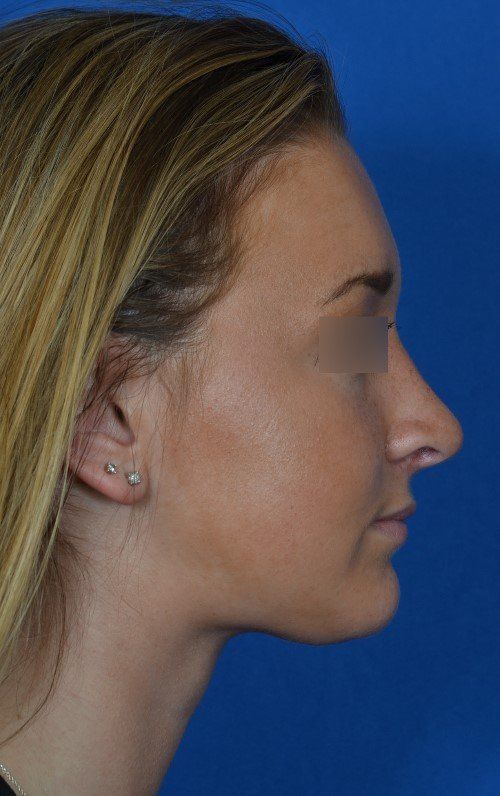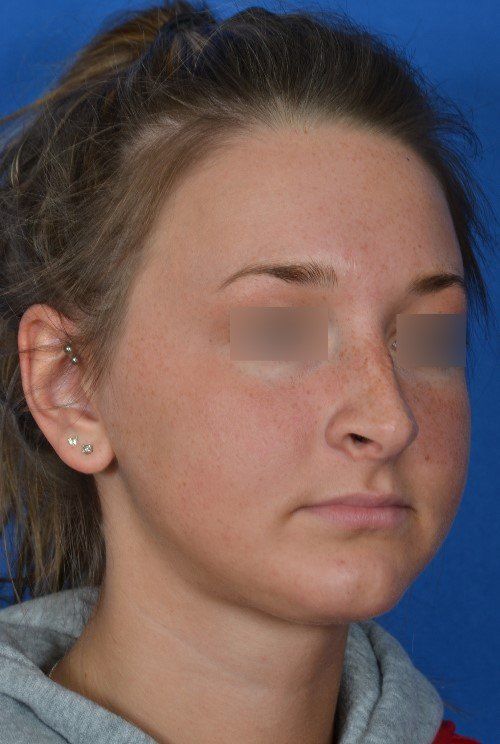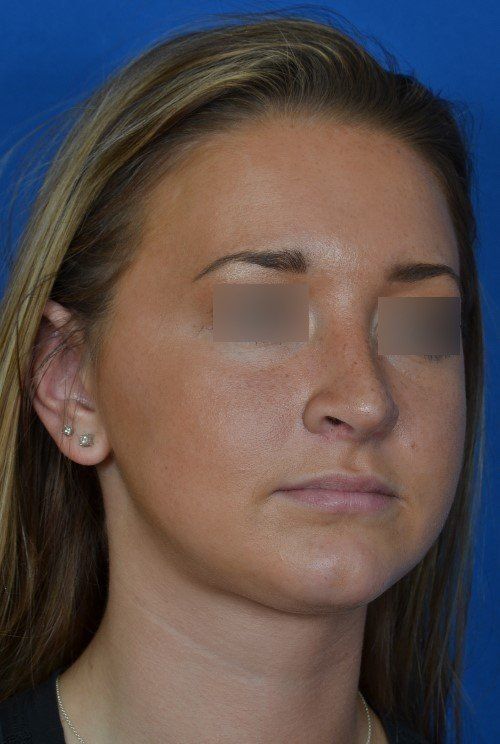Nostril Reshaping Rhinoplasty Explained
Rhinoplasty usually brings to mind corrections to the bridge or tip of the nose. But for some individuals, the nostrils are the source of insecurity. Nostril show is influenced by the position of the nasal tip, position of the columella (the fleshy part between the nostrils), and arch of the nostrils.
Common Nostril Concerns
Ideally, the nasal tip should project straight out from the face, the columella should hang down a little lower than the nostrils, and the nostril margins should have a gentle arch. Below are 3 examples of common irregularities that cause individuals to seek out nostril reshaping rhinoplasty.
Wide, Flared Nostrils
The nostrils may appear wide, especially when compared to a narrow nasal bridge or tip. One is typically born with wide nostrils. Wider nostrils may also result from previous nose surgery due to loss of nasal tip projection.
Too Much Nostril Show
Overly visible nostril openings as seen from the front or profile is generally not desired. This may be congenital or from previous surgery or trauma. The nostril openings become more visible if the tip is upturned, the columella hangs downward, or the nostrils are arched upward.
Too Little Nostril Show
Though not evident at first glance, not being able to see much of the nostril openings as seen from the front or profile may make the nostrils appear low-hanging (or hooded) or the nasal tip droopy. This may be congenital or from previous surgery or trauma.
How Is Nostril Reshaping Rhinoplasty Performed?
For wide, flared nostrils, Dr. Patel starts by assessing and correcting the position of the nasal tip. Adding projection to an under-projected nasal tip will, in itself, reduce nostril flaring. In cases where the nasal tip is over-projected, nostril tissue is removed at the nostril crease. In those with wide nasal sills, the tissue is removed from the sill region. These maneuvers create a more triangular appearance to the base, and the incisions are concealed in natural creases.
For an overly arched nostril, which results in too much nostril show, the nasal tip cartilages may be manipulated, or cartilage grafts may be used to further drive the nostril margins downward. Cartilage grafts may also be placed into the rims of the nostrils to help straighten them from an overly arched configuration. In cases where scarred skin prevents downward movement of the nostril, ear cartilage grafts are used to extend the tight skin and cartilage that are pulling up on the nostril.
For a hanging columella, we trim and tighten the hanging components, tucking the columella upward into the nose.
For a retracted columella, which results in too little nostril show, we can place a cartilage graft through incisions inside the nose that will push the columella downward. Removal of excess nostril tissue treats nostril hooding.
Before & After Nostril Rhinoplasty Photos
This patient had nostrils that appeared more visible due to a hanging columella. A tip rhinoplasty was performed to retract the columella and refine the nasal tip.
Dr. Patel narrowed this patient's nostrils with incisions that are concealed in the creases.
In this patient, Dr. Patel reduced the appearance of nostril flaring.
As you can see, it is possible to create more balance to the face by making corrections to the nostrils. If you'd like to consult Visage Facial Plastic Surgery regarding nostril rhinoplasty, schedule a phone consultation using this form to get started.

